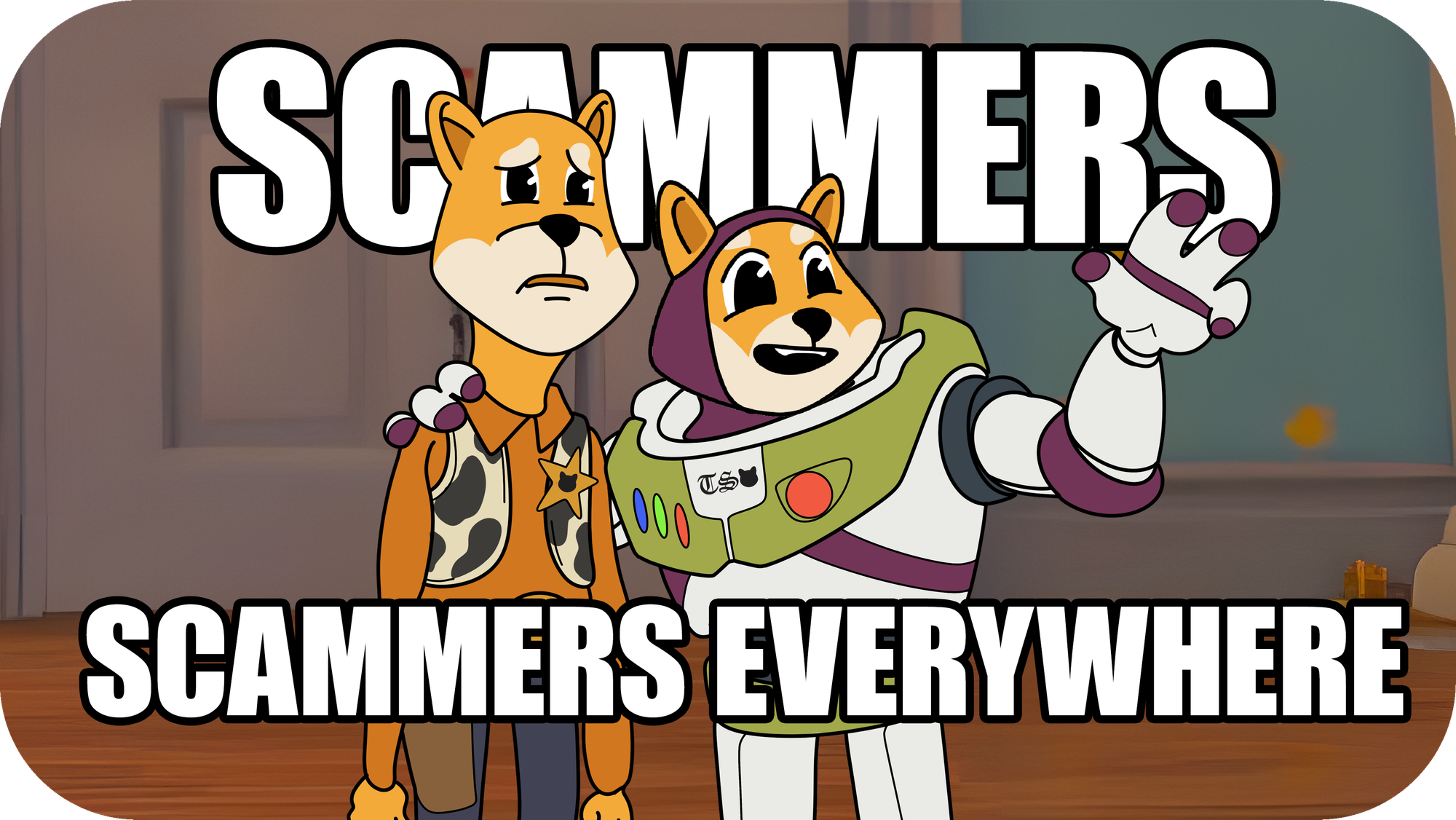0x12…qrst

Grant Thornton, a worldwide audit firm with three offices in New Zealand, took over the liquidation process after a judge’s ruling.
After four years of liquidation, not a single account holder has gotten their crypto-money back despite the accountancy firm spending $20.3m on the liquidation, including $5.78m on its own fees and $3.4m on legal fees. Grant Thornton was given the green light to sell customer funds to cover their own expenses.
The liquidators set up processes for the registration of claims and verifying the account holders’ identities. The latest step involved account holders agreeing with their balances. By the end of November last year, 72% of users contacted had confirmed their balances but are still waiting to get their crypto back.
I am still hard HODLing some $BTC and probably some others altcoins that I forgot about.
The liquidator gives a report once every four months, which basically says the same thing: “Wait and you might see your funds someday.”
A big group of ex-users gathered on Telegram https://t.me/CryptopiaHacked and are trying to coordinate actions against the veryyyy lengthy process that the liquidation firm is making them endure at their expense.
It is just another example of how startups and legacy auditing companies can mess with their users and take advantage of local policies and other “legal” means to achieve their goals.
Now that you’ve heard the story, let’s see what you should learn from my past mistakes.
So that’s it for my story, folks. Be careful, and I will let you know if I ever get back some of my assets blocked on this gorgeous Pacific Island.
Story from a community contributor.
Twitter: @risjo_xyz
Send yours to [email protected].